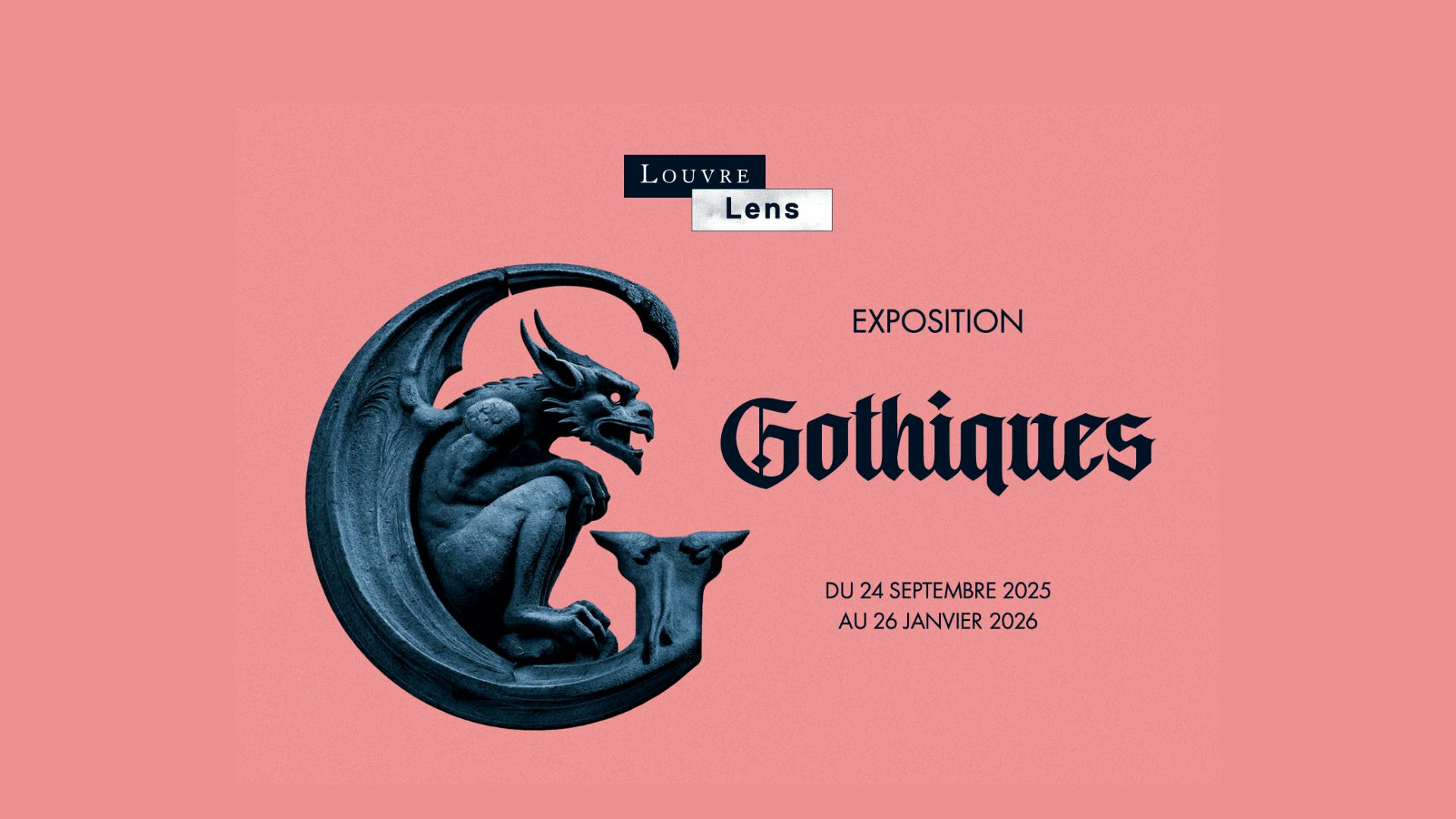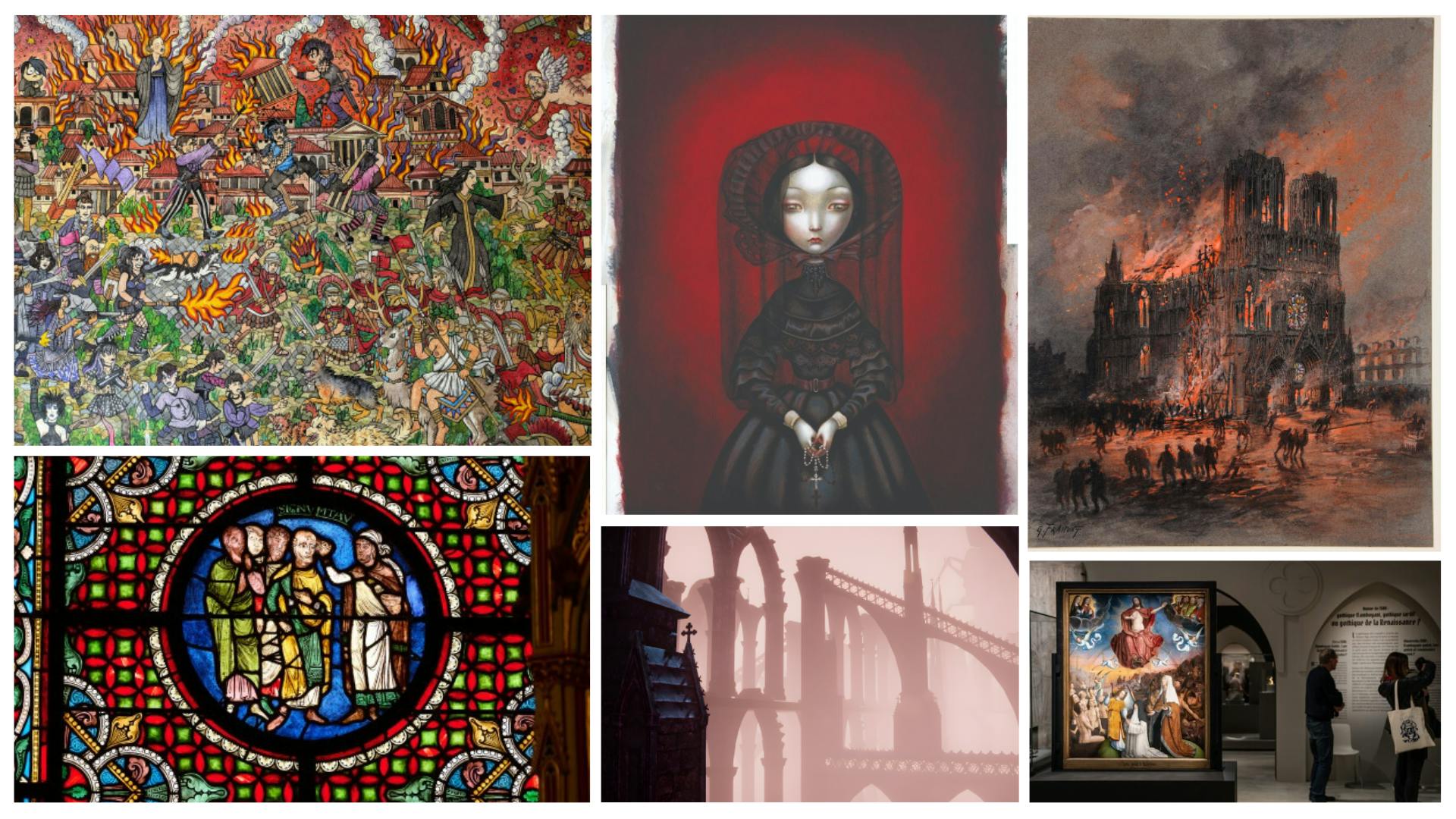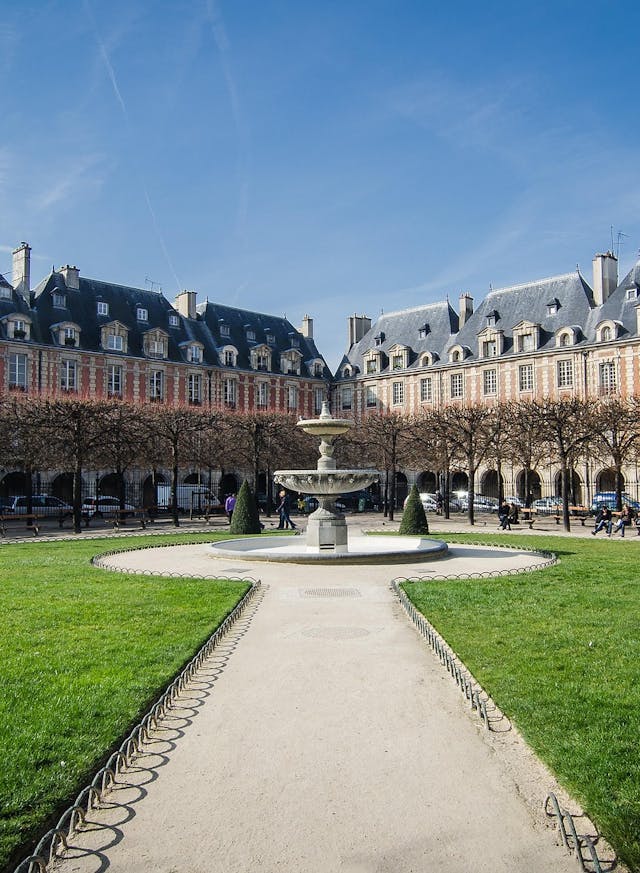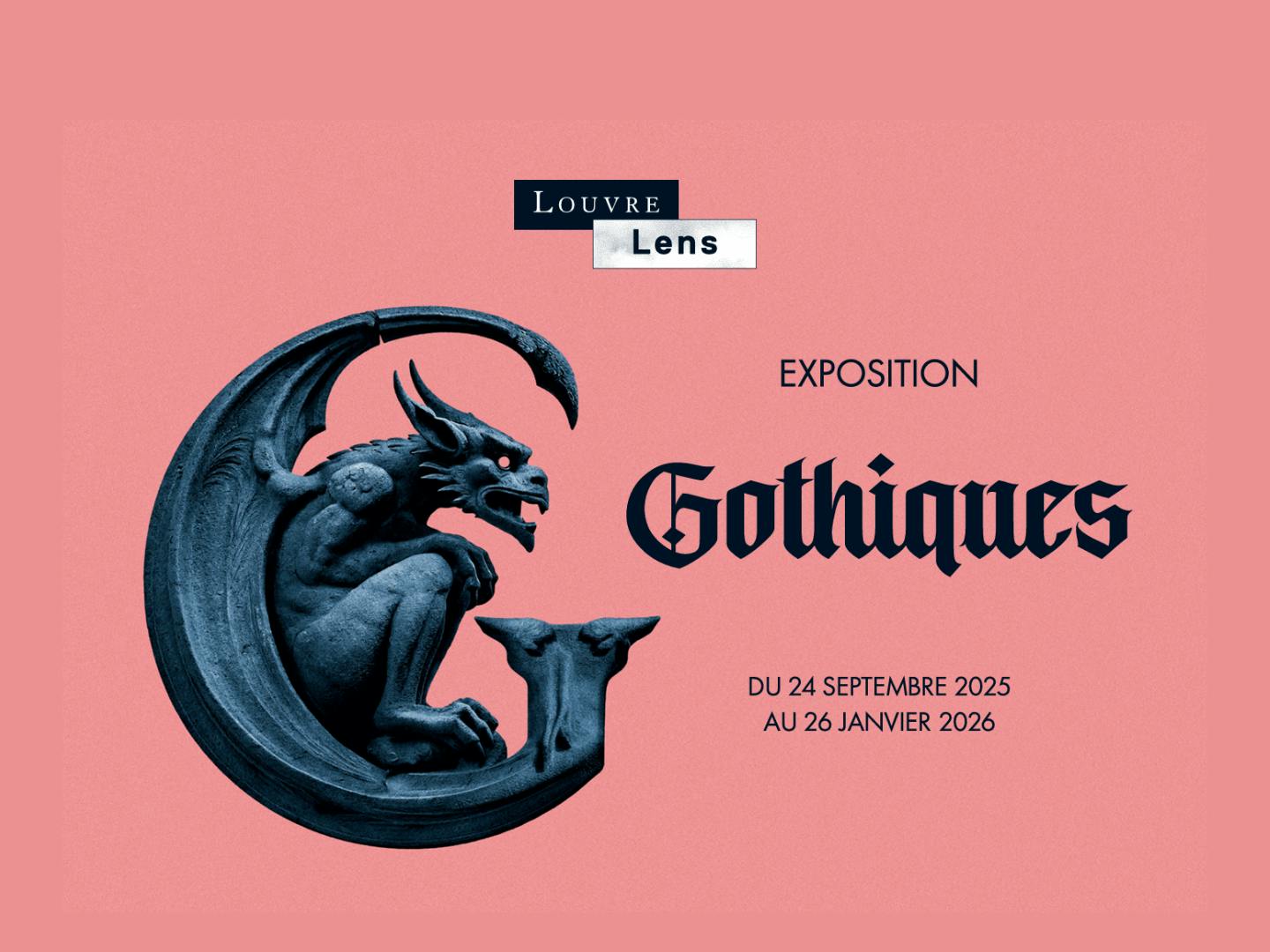
Art & Culture
Gothiques at the Louvre-Lens: A Journey Through Time
From the 12th century to today’s creative worlds, the Louvre-Lens presents an ambitious exhibition on the Gothic, spanning a thousand years of reinvention. More than a historical survey, Gothic is an immersive journey into an imagination that still shapes how we see the world.
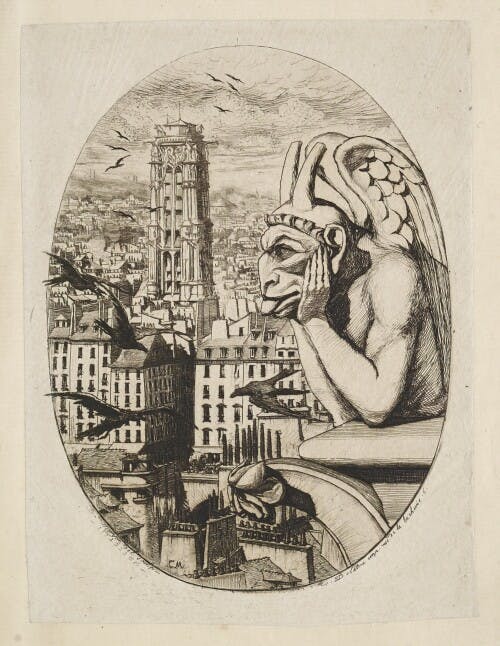
The Origins of a Word and a Vision
Few shows attempt to cover the Gothic in its full scope, from its medieval birth to its modern reinventions. The Louvre-Lens takes on the challenge, exploring a term with many meanings. Gothic has shifted constantly—from the splendor of medieval cathedrals to today’s fantasy worlds. Coined in the 12th century to describe a bold new way of building and sculpting, it first meant light, height, and daring technique. In the Renaissance, it became a synonym for the “barbaric,” only to be revived by the Romantics and embraced by countercultures right up to today.
A New Kind of Panorama
The show gathers more than 250 works, arranged not by strict chronology but by conversation. Visitors move from dazzling stained glass to eerie gargoyles, from illuminated manuscripts to neo-Gothic sculpture, and on to modern reinterpretations: Expressionist film, futuristic fashion, and the goth culture of the 1980s.
What’s striking is the way pieces speak to each other: a medieval window with a Brassaï photograph, a gargoyle with a Viollet-le-Duc chimera, a manuscript with an Iris van Herpen dress. The Gothic here is plural, less about continuity of form than about the imagination’s power to reinvent itself.
The design by Mathis Boucher plays with contrasts—shadow and light, monumental and intimate, the stillness of stone and the motion of film. Instead of a purely educational display, the show creates an experience: hearing Guillaume de Machaut’s music, watching Nosferatu flicker on the walls. This sensory approach avoids the dryness of an encyclopedic catalogue.
© Agathe Pitié, Le sac de Rom par les Goths, 2025 - © Panneau de vitrail, le signe du Tau Benjamin Gavaudo - Centre des monuments nationaux - © Benjamin Lacombe, La Veuve Les contes macabres, 2009, gouache et huile, Galerie Daniel Maghen - © Mélanie Courtinat, Ten Lands, 2020, jeu vidéo 3D réalisé via le moteur Unity ADAGP, Paris, 2025 - © Gustave Fraipont, Incendie de la cathédrale de Reims, 1914, encre et lavis sur papier vélin, Reims, musée des Beaux-Arts GrandPalaisRmn - © Exposition Gothiques - Louvre-Lens, F lovino
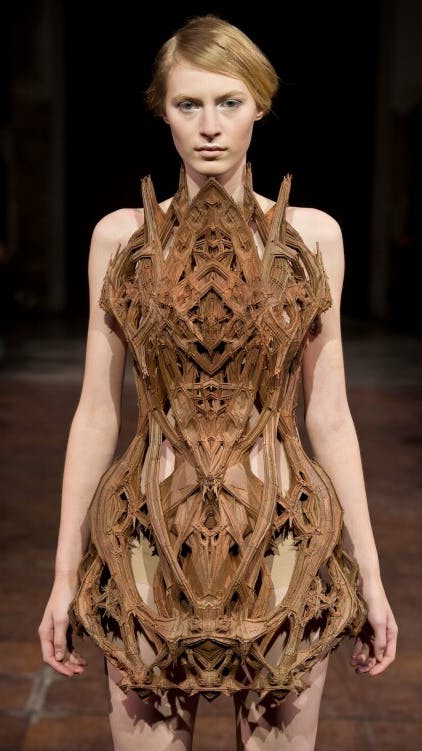
A Living Art
This isn’t a nostalgic look back at the Middle Ages, but a reflection on the vitality of an aesthetic. The Gothic never died—it lives on in fantasy, fashion, gaming, film, music. That may sound obvious, but here it feels real thanks to powerful works that both surprise and move.
The Louvre-Lens proves that Gothic art, far from being a relic, is still a lens through which to see the present.
Exhibition on view at the Louvre-Lens Museum from September 24, 2025 to January 26, 2026.
Book your 4-star hotel just a stone's throw from the Louvre Lens Museum.
Published on 01/10/2025
